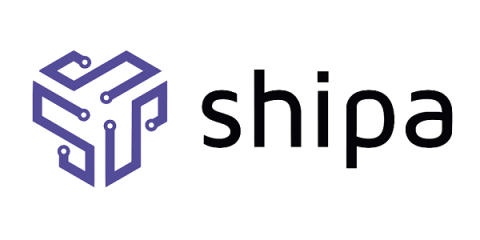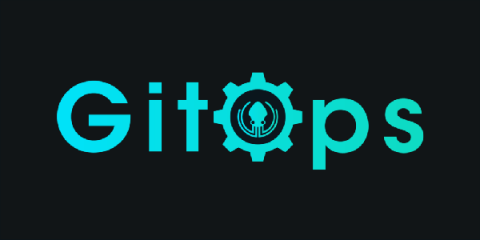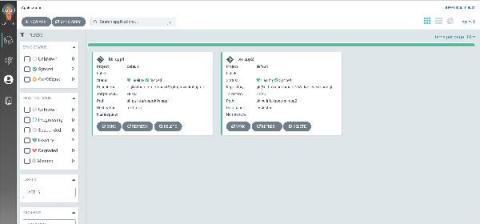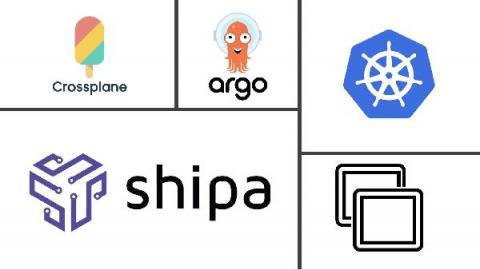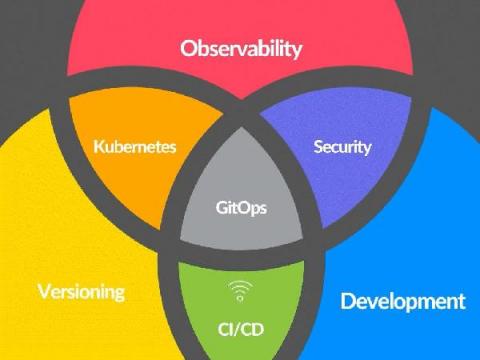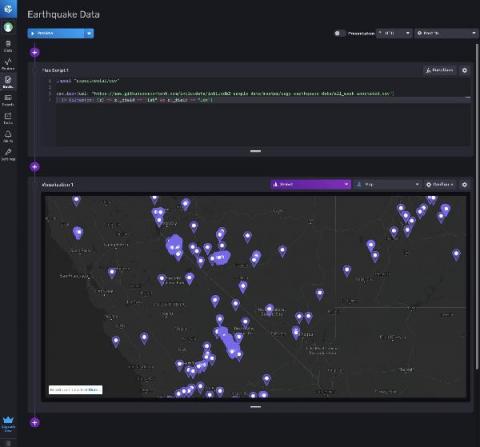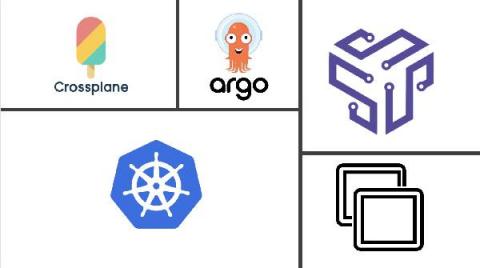Using Helm with GitOps
This is the first of many posts highlighting GitOps topics that we’ll be exploring. Within this post, we will explore Helm, a tool used for Kubernetes package management, that also provides templating. Helm provides utilities that assist Kubernetes application deployment. In order to better understand how Helm charts are mapped to Kubernetes manifests, we’ll explain more details below and how to use Helm with and without GitOps.




